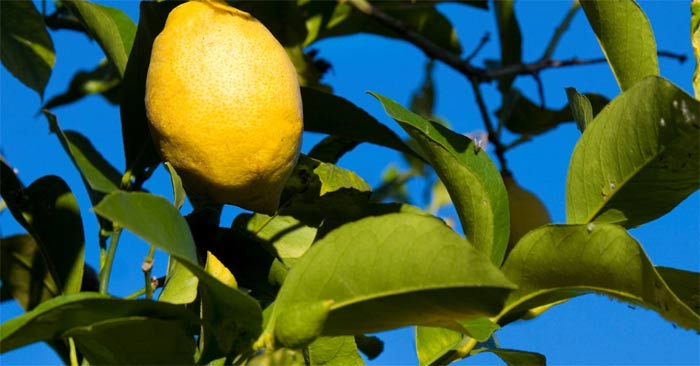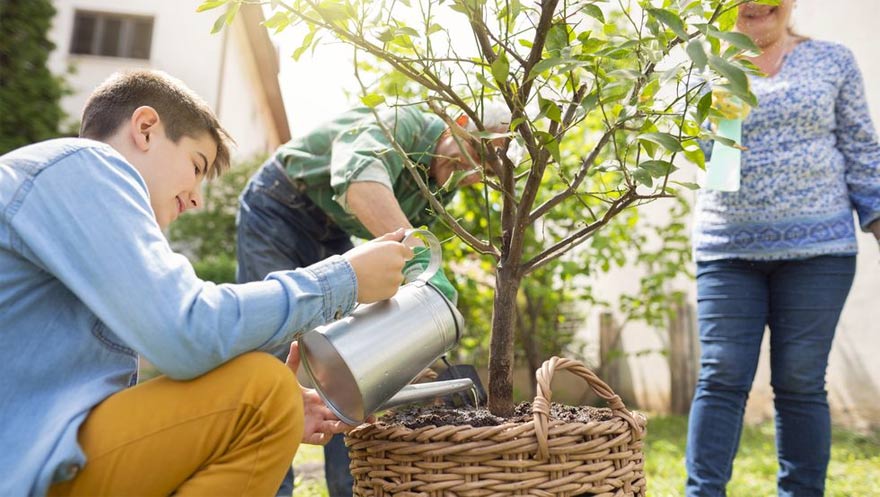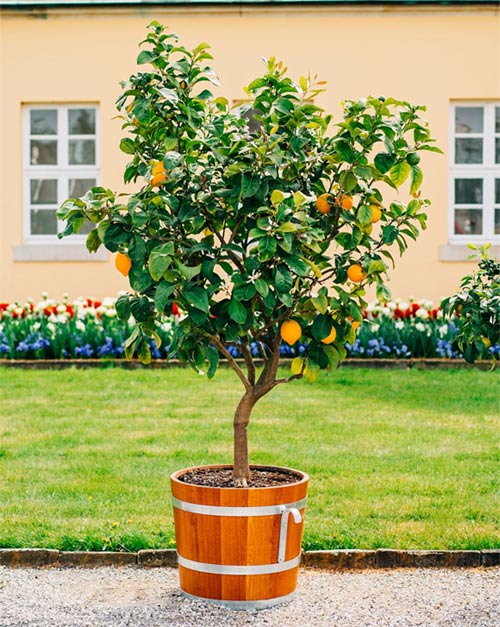How to Grow a Meyer Lemon Tree – A Step-by-Step Guide to Cultivating Your Own Citrus Tree.

Life gave you lemons, so make lemonade — but what if life didn’t give you any lemons? Grow your own (with some soil, gardening, and patience for about 15 years!). Growing a lemon tree is no easy feat, but with persistence, you’ll have a beautiful, fruitful, and delicious addition to your garden.
What You Need to Know About Growing Lemon Trees
Propagating Lemon Trees from Seeds
Extracting Seeds from a Lemon
Choose a fresh, blemish-free Meyer lemon and carefully remove the seeds. You can peel the lemon like an orange or carefully cut it open with a knife without breaking the seeds. Rinse the seeds and set them aside to dry completely.
Sow the Seeds
Once dried, plant the seeds in a seedling tray or small pots, burying them about 1cm deep into the soil. Ensure that the containers have good drainage and keep the soil moist.
Properly Care for the Seedling
Provide the ideal conditions for your seedling, including ample sunlight, warm temperatures, and humid air.
Transplant to a Larger Area
As your tree grows, you can transplant it outdoors or into a larger pot. Experienced gardeners suggest using a well-draining pot that is at least half a barrel in size, or approximately 60L. If planting in a large pot, ensure that the bottom has holes and the soil drains well enough so that water doesn’t pool.
Note: You can always start with a young tree instead of growing from seed. This will significantly shorten the waiting time until your tree bears fruit. Look for a healthy-looking tree with robust leaves and roots.

Caring for Your Lemon Tree
Sunlight
Lemon trees require at least six hours of sunlight daily but will thrive with more. “Lemon trees love light — the more, the better. Twelve to 14 hours a day is best during the growing season,” says Marvin Pritts, Professor and Director of the Undergraduate Program in Plant Science at Cornell University’s School of Integrated Plant Science.
You can also use grow lights for indoor trees to supplement cloudy days.
Water
For small potted trees, water only two to three times a week. For large outdoor pots, water once a week, beneath the soil, during the growing season. Lemon trees typically don’t require daily watering as they are not water-loving plants. The goal is to keep the soil moist but not soggy. Allow the soil to dry out completely before watering again, as too much water can cause root rot.
Stick your finger into the soil up to your knuckle to feel if the soil is evenly moist or starting to dry out. If it’s dry, it’s time to water. Potted trees may dry out faster, so you might need to water them more frequently than outdoor trees.
Soil
Soil with a pH between 5.5 and 6.5 is ideal for Meyer lemon trees.
Pruning
Prune the branches to prevent them from overlapping, as this can obstruct proper airflow and disrupt growth. Pruning can also be done for aesthetic purposes.

Pollination
Manual pollination is crucial if you’re growing your tree indoors. When the tree blooms, use a paintbrush to transfer pollen between flowers — imitating a bee — to encourage fruit production. You can also gently shake the flowers to distribute pollen throughout the pot.
Fertilizer
During the growing season, from spring to fall, provide your lemon tree with a balanced citrus fertilizer or a pre-made mix for citrus trees. Be sure to follow the package instructions for the amount of fertilizer and frequency of application. According to experts, generally, you should fertilize about three times a year. This will ensure your tree has sufficient nutrients to grow and bear fruit.
Mix slow-release fertilizer into the soil. Spring and summer are the best seasons for fertilizing. Additionally, the frequency of fertilization depends on the type of lemon tree and the type of fertilizer you use.






































